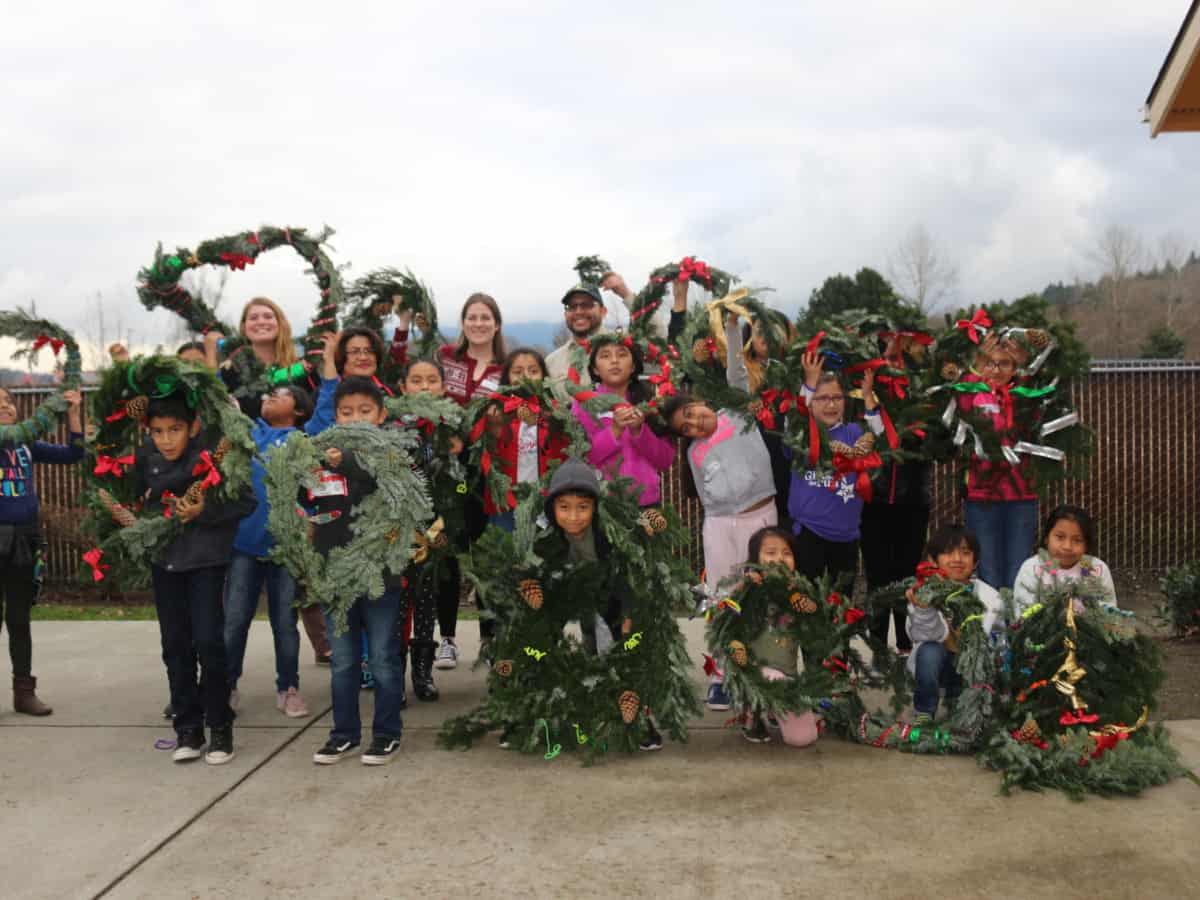
The Environmental Educator’s Dilemma: How to Bring the Outdoors Inside
In December, I was able to volunteer with the Kulshan Creek Program in Villa Santa Maria along with two other members of the North Cascades Institute’s M.Ed graduate cohort, Nicola and Dianna. The program offers monthly educational opportunities for young people from the communities in Mount Vernon, WA, including Kulshan Creek, Villa Santa Maria, and La Casa de San Jose. The program is made possible due to a unique collaboration between the North Cascades Institute, Mount Baker-Snoqualmie National Forest, Mount Vernon Police Department, Catholic Housing Services, North Cascades National Park, Skagit Fisheries Enhancement Group, and Skagit Land Trust. Each month, students have the opportunity to attend a Saturday field trip to explore their surrounding community and learn about the Skagit Valley watershed.
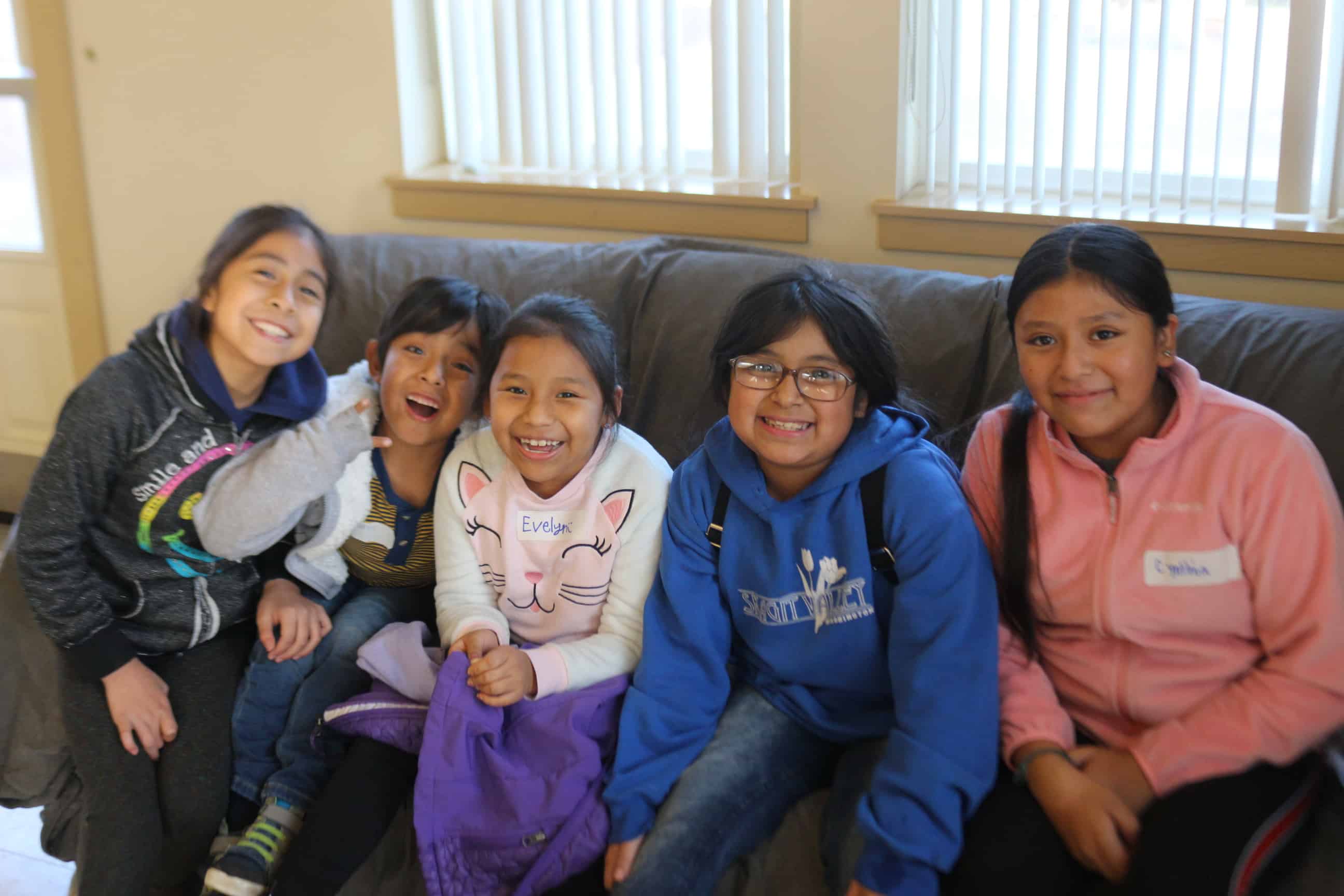
December’s field trip was centered around wreath making in Villa Santa Maria. Given that this was the first time most of the participants had ever made Christmas wreaths – including myself and Dianna! – there was a lot of excitement and anticipation. Certainly, we couldn’t complain too much about a chilly December Saturday spent on indoor craft activities but it did present a challenge for Dianna and Nicola’s educational activities on the watershed – how do you effectively bring the outdoors inside?
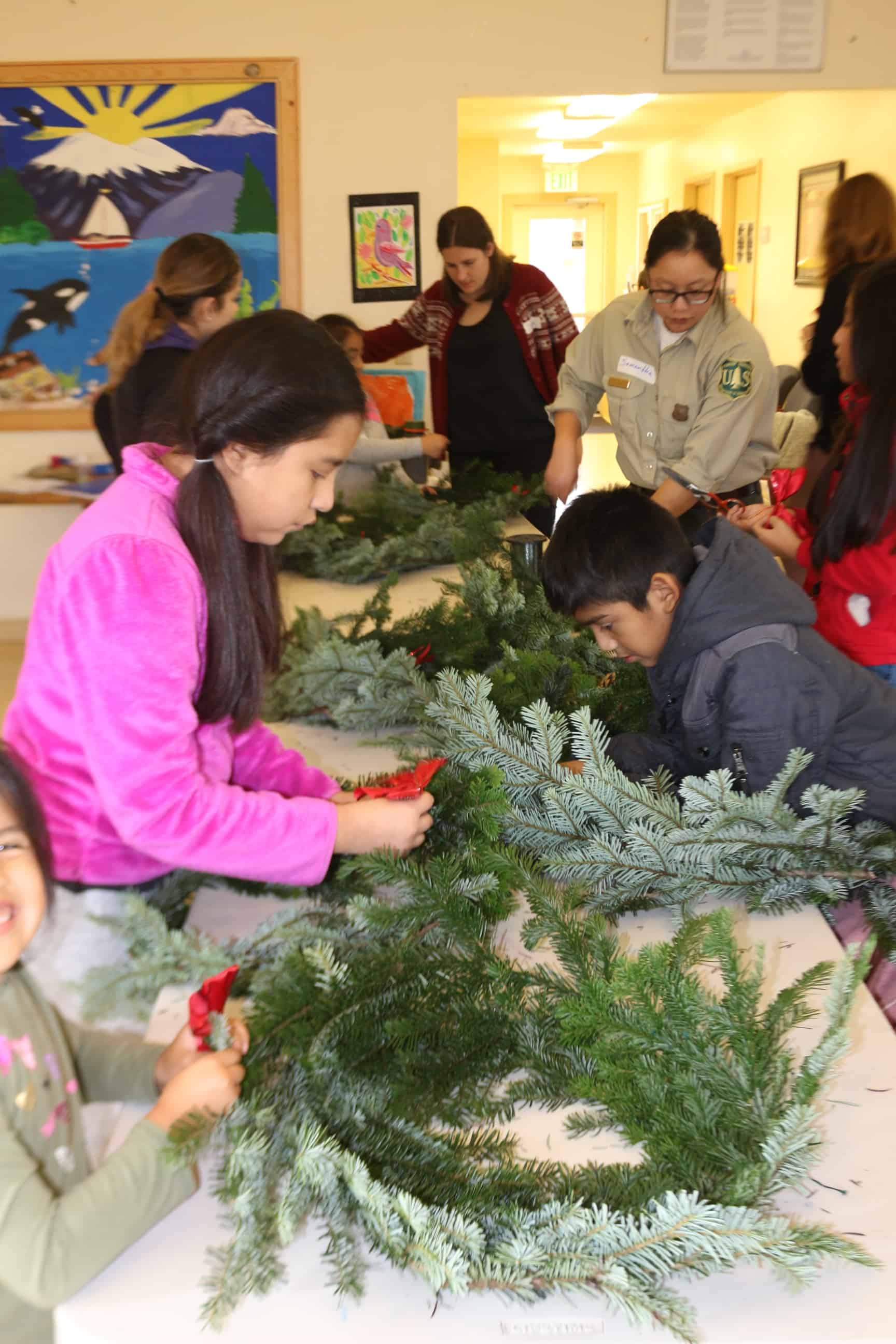
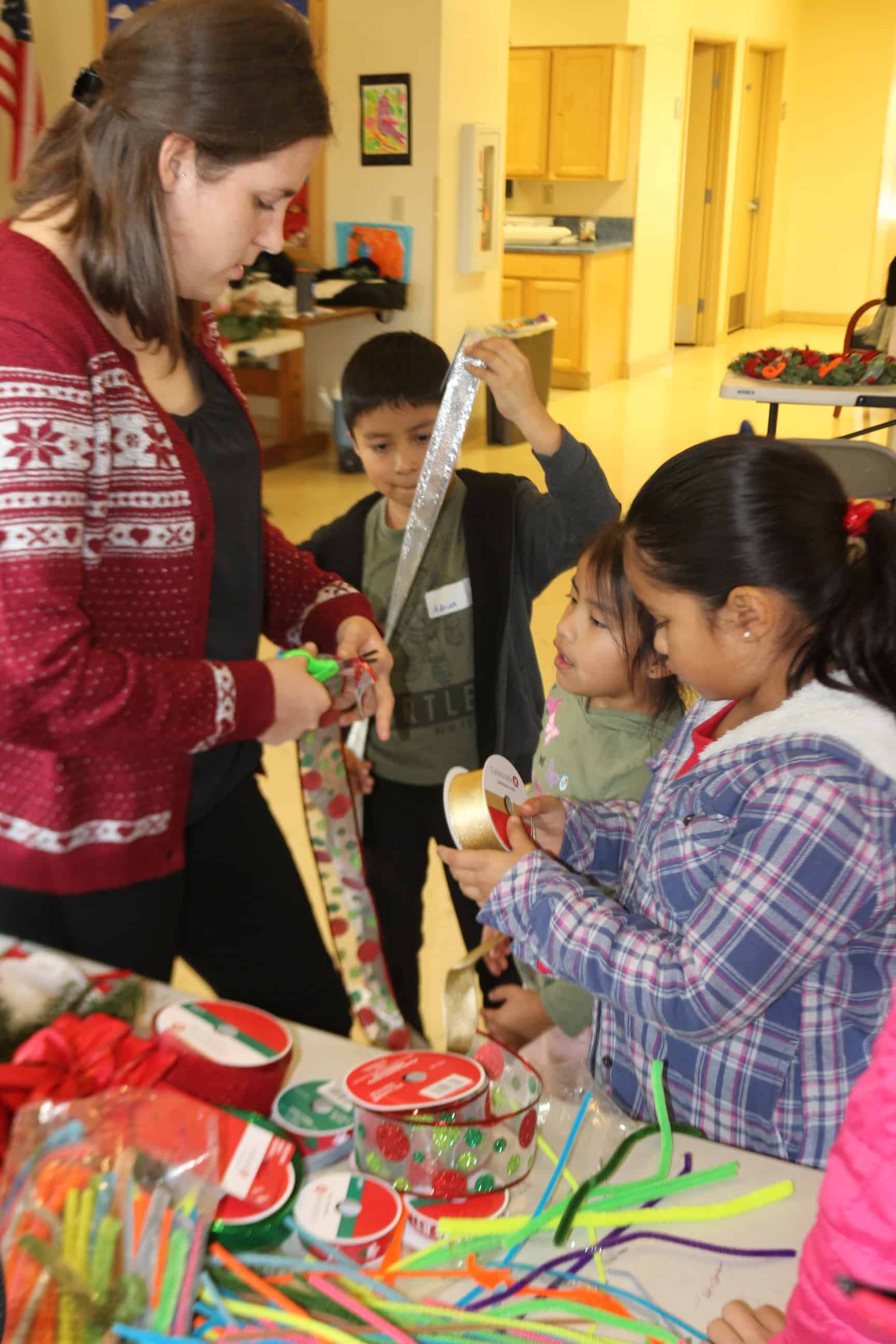
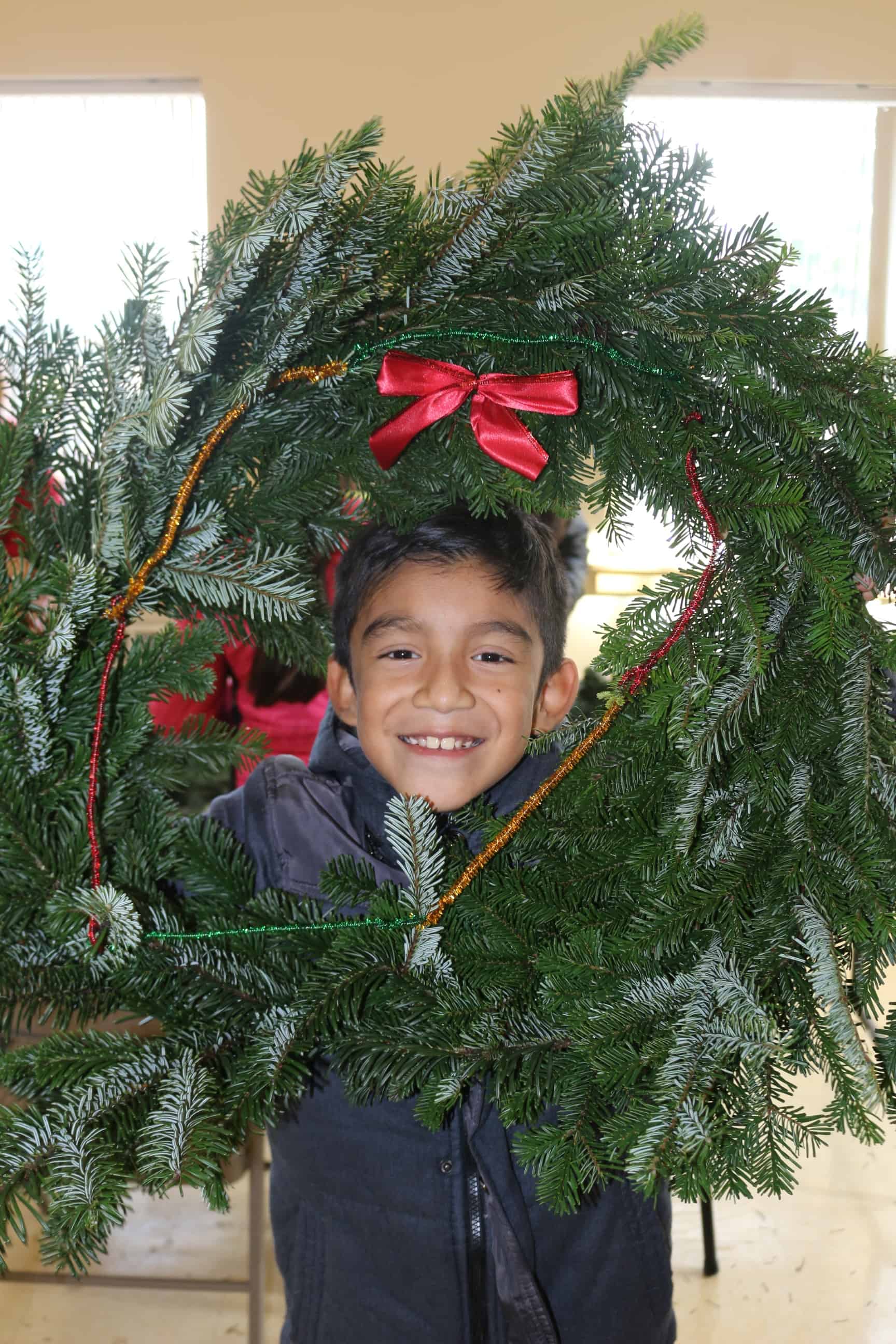
This, of course, is a question most environmental educators will grapple with at some point. Not all experiential education can take place at Mountain School or even in the outdoors. Effective environmental educators will need to develop skills to teach both indoors and outdoors, in rural communities and urban communities – and to find ways to make indoor educational experiences meaningful to students.
Dianna and Nicola designed activities that used different mediums to bring the watershed to our indoor setting. Dianna’s activity asked students to draw their home next to the Skagit River, and then think about what pollutants from their picture might inadvertently end up in the river (gasoline or oil from cars, for example). Using colored beads as a representation, we saw how combined, all of these pollutants wash into the watershed and then drain into the Salish Sea. After a problem-solving brainstorm session, students drew a second picture with ideas of how to conserve water and protect the nearby watershed.
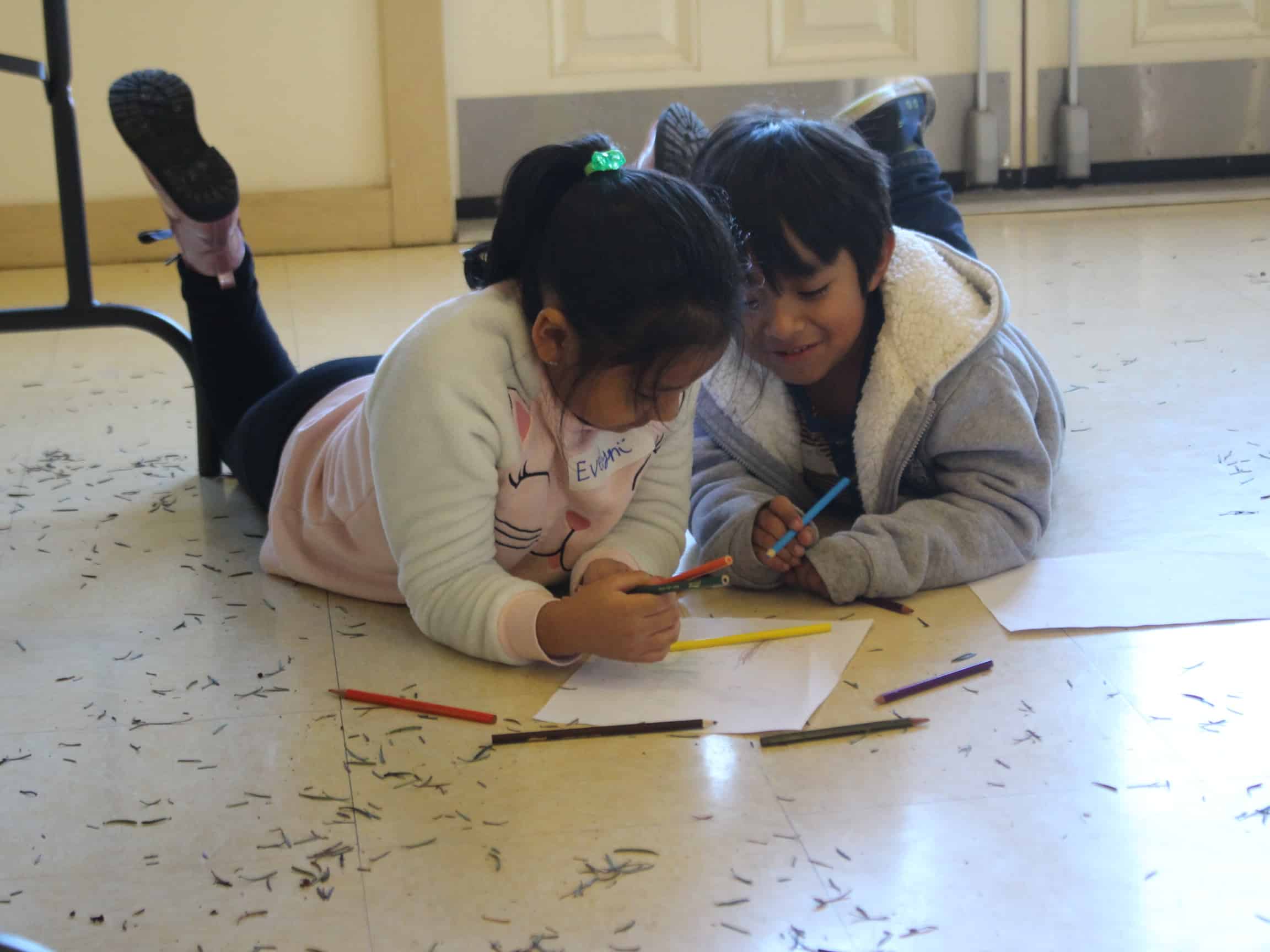
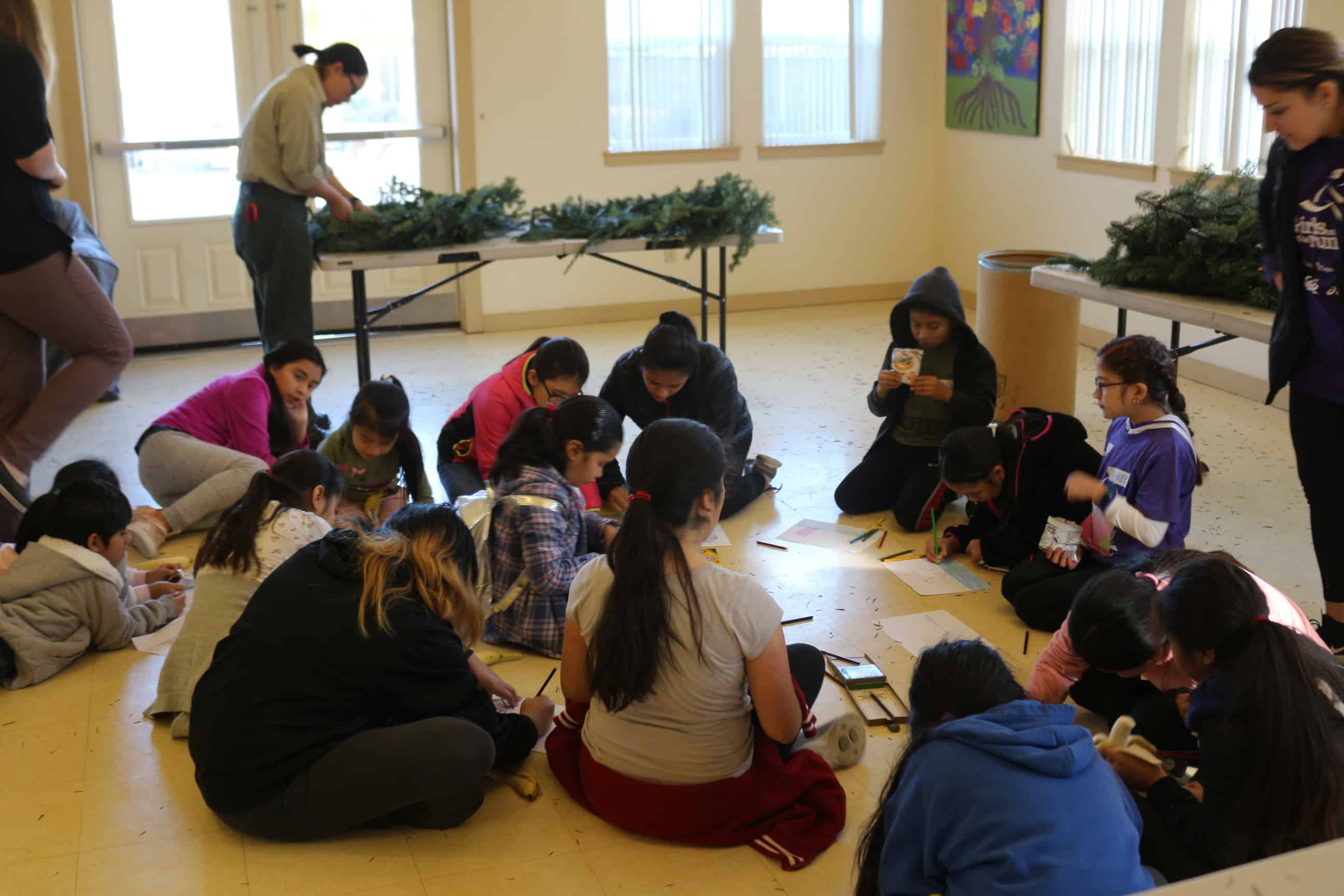
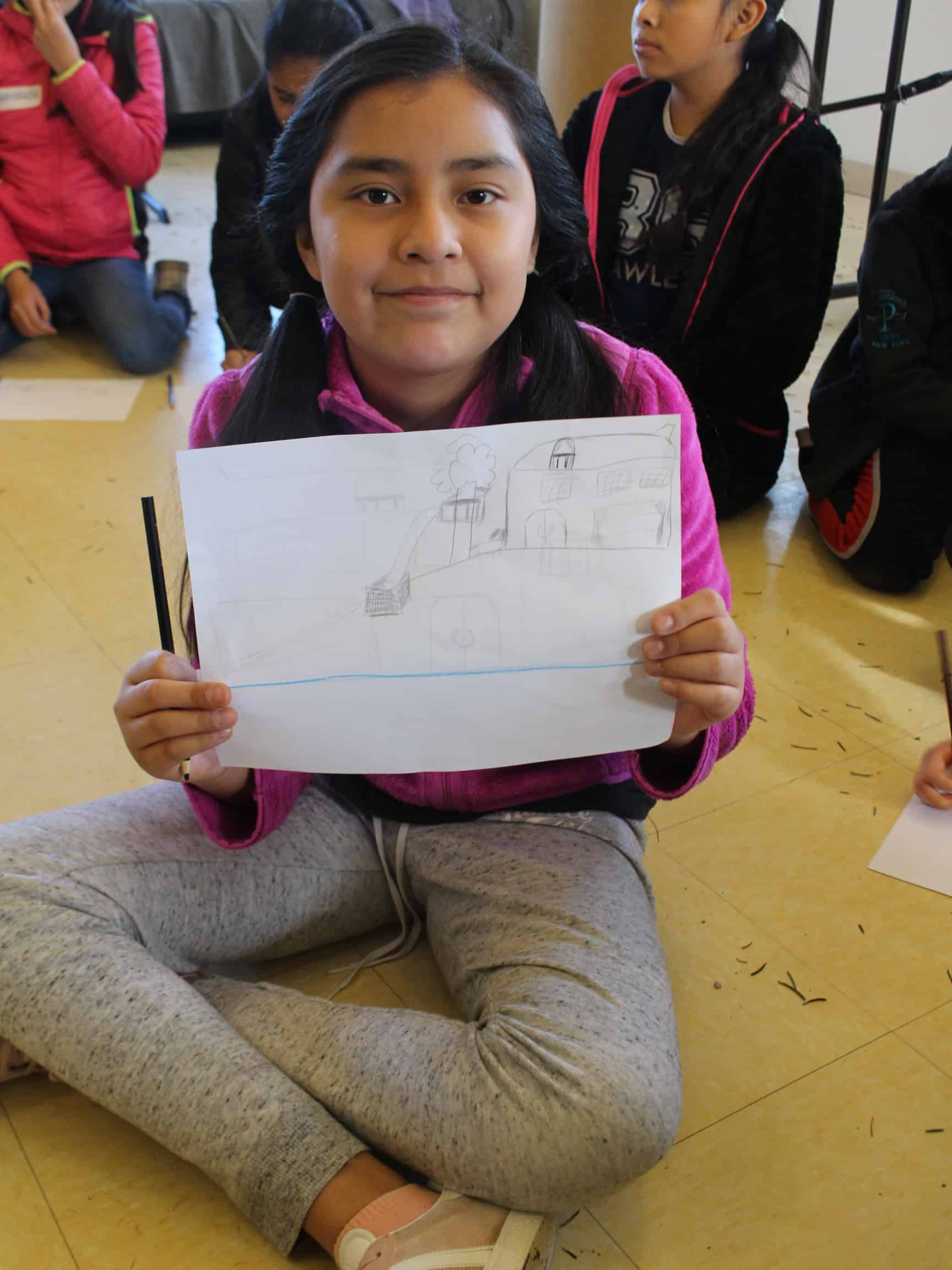
Later in the day, Nicola literally brought the outdoors into the room by bringing in a bucket of local plants and spreading them out across the floor. Students paired up and with one student leading and the other blindfolded, they used touch, sound, and smell to learn about their plant. After the blindfolded student had time with the plant, their partner led them back to the edge of the room, where they took the blindfold off and tried to find the same plant again. This let students get to know some of the plants in their community and think about the various ways in which they can interact, notice, and be mindful about nature. Plus, there were a lot of giggles!
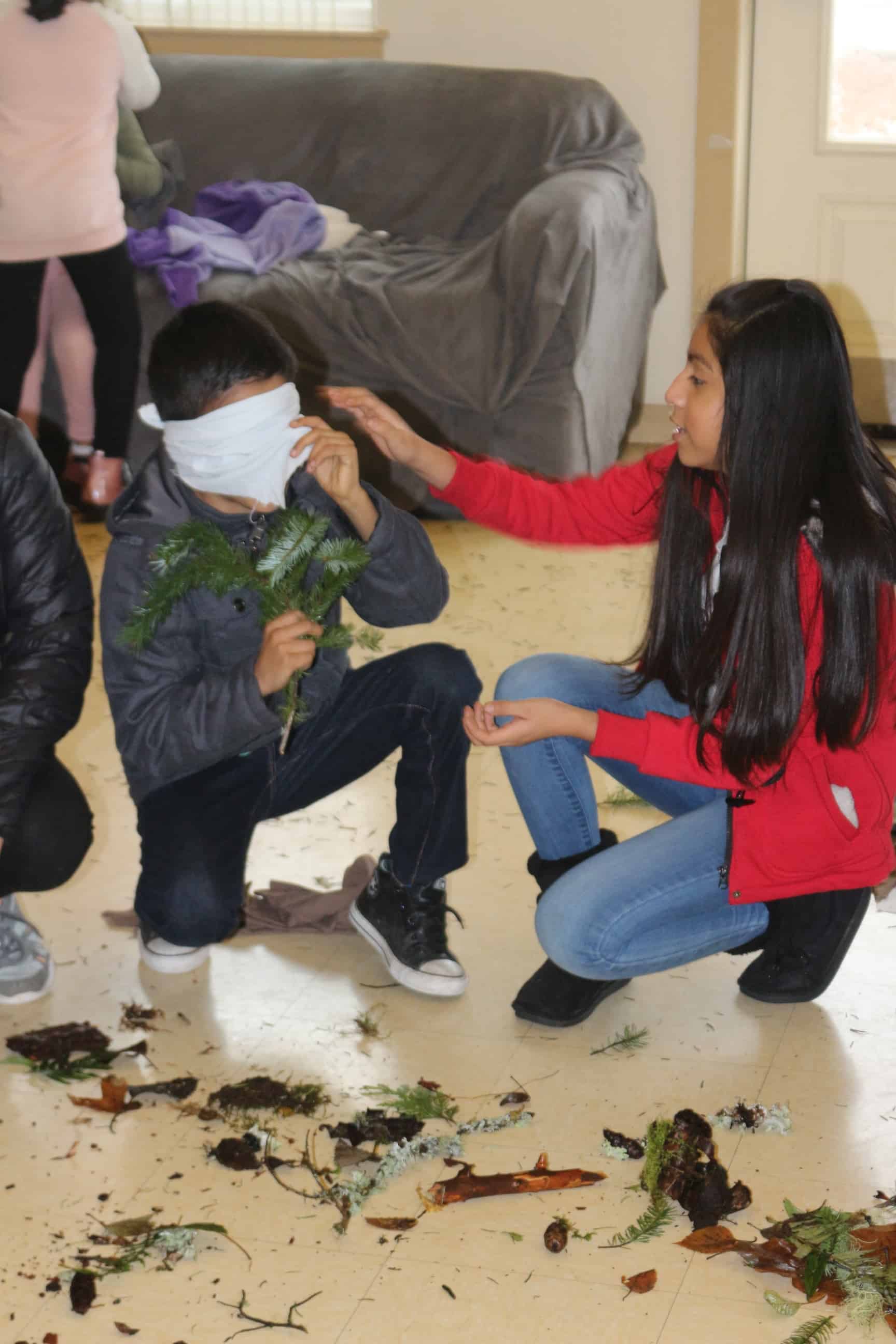
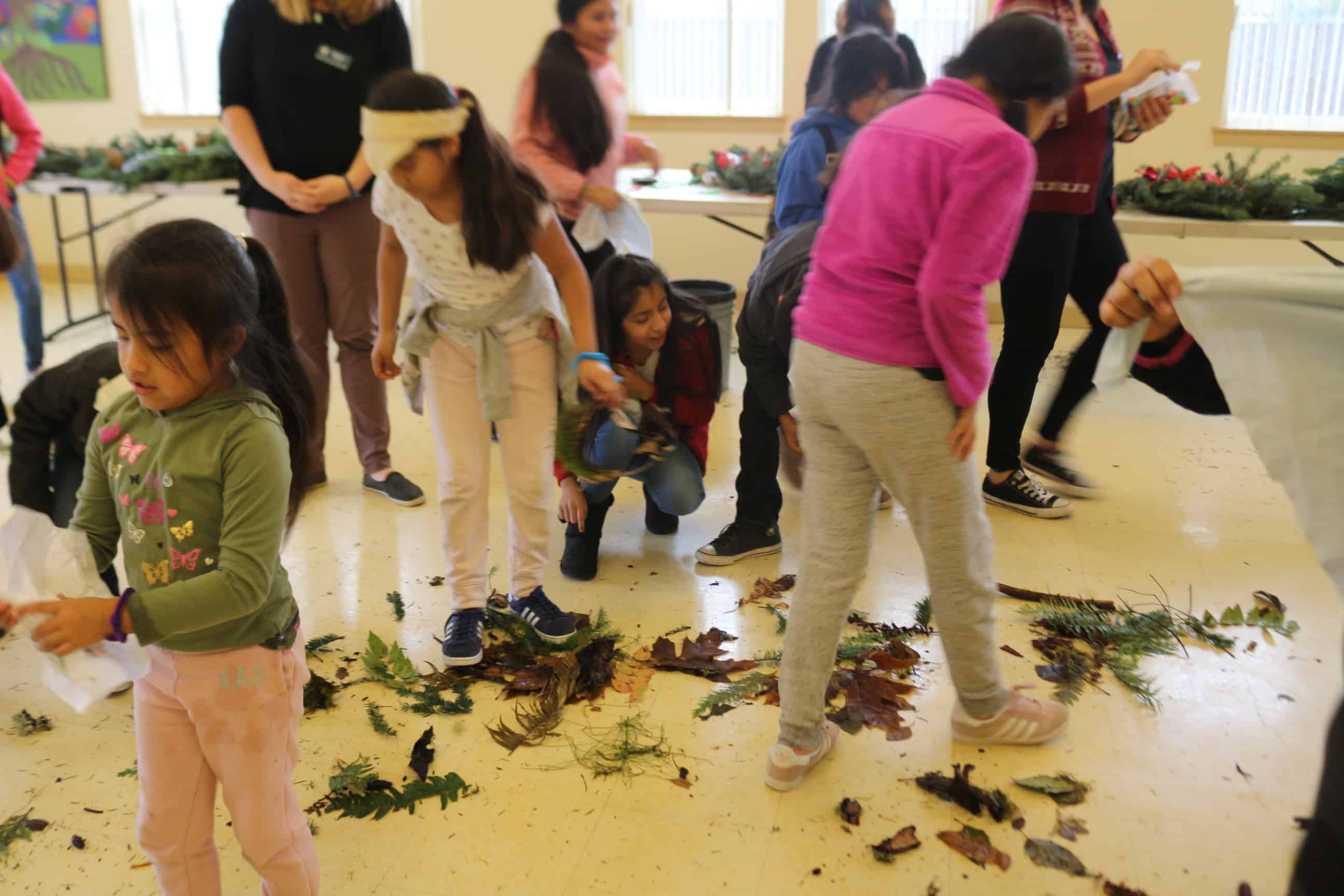
We had a blast spending the day with Kulshan Creek and tackling the challenge of bringing the local watershed to an indoor space. Are you an educator who has tackled this challenge differently? We would love to hear about some of the environmental education activities you use indoors!

